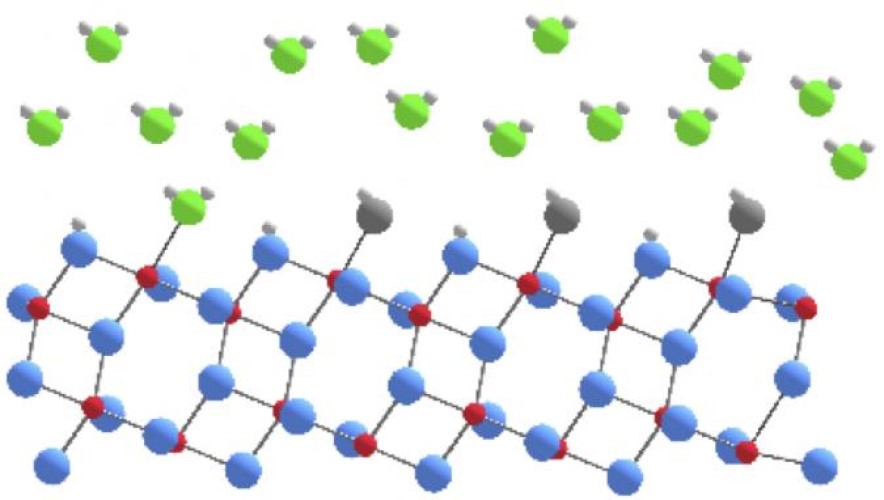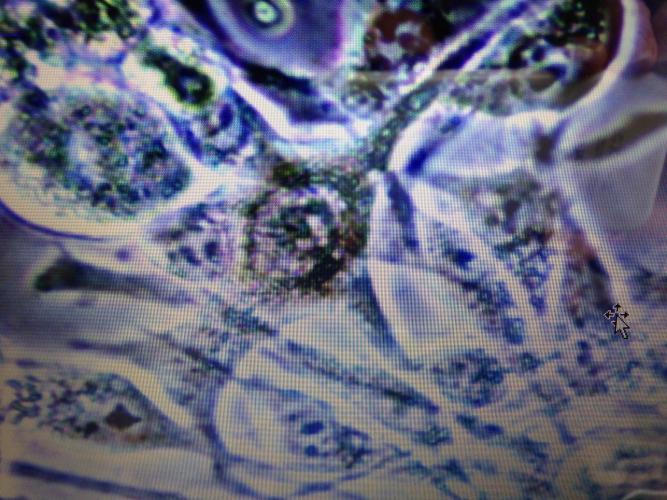

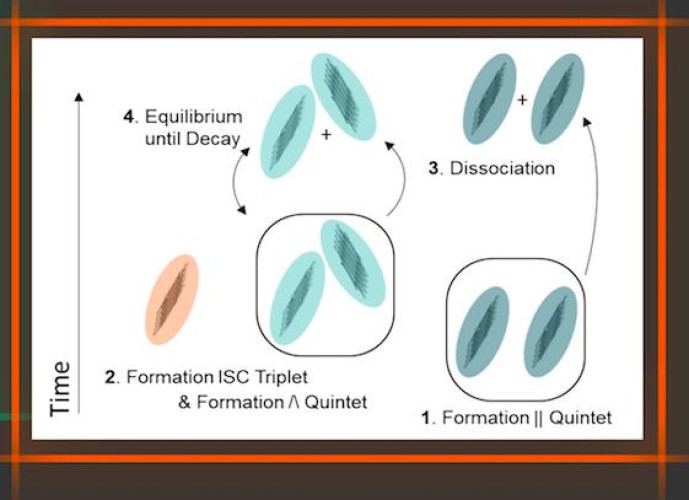
Identifying triplet pathways in dilute pentacene films
Improving the efficiency of converting sunlight into electricity is a fundamental task if humanity is to overcome its dependence on fossil fuels. When light is shone onto a semiconductor, for example in a photovoltaic cell, one photon usually generates one excited...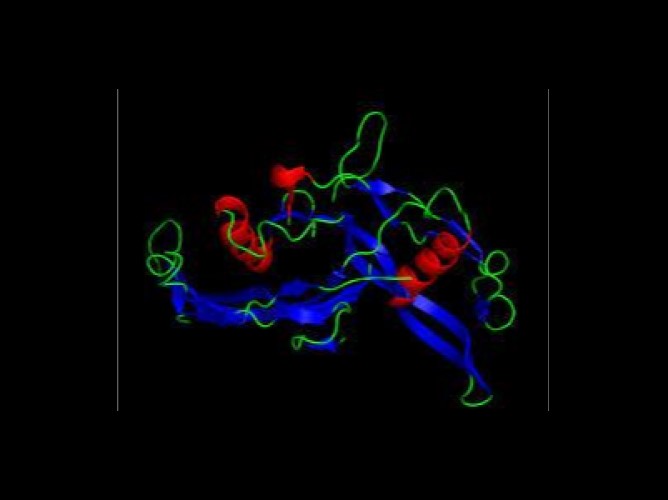
Creating new antibiotics from our own immune system
New antibiotics are desperately needed: without them antimicrobial resistance is predicted to kill more people than cancer. An international collaboration between scientists at the London Centre for Nanotechnology (LCN), University of Oxford, IBM, STFC Daresbury...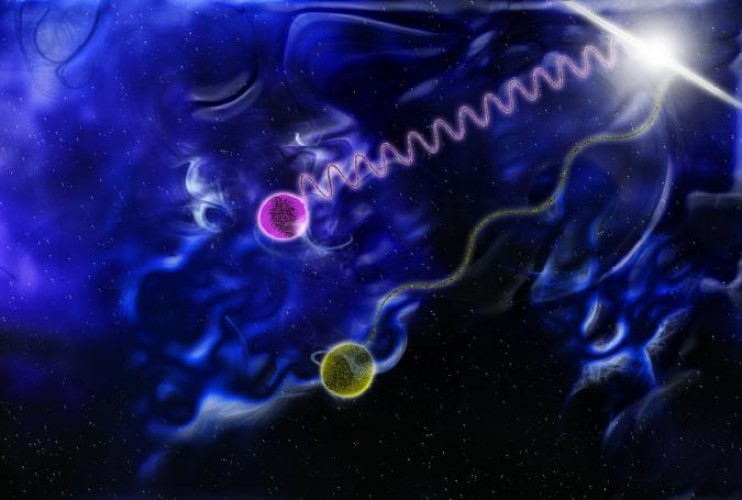
Coherently driven microcavity-polaritons and the question of superfluidity
If particles of light (photons) are trapped in a two dimensional cavity, then they can couple electron-hole pairs present in semiconductors in the cavity. The resultant composite particles, which we call polaritons, flow like fluids do and can exhibit quantum...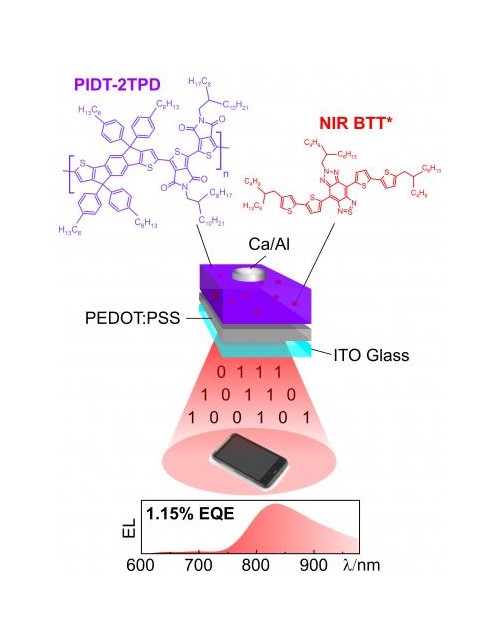
Efficient Near-infrared Electroluminescence from a “Metal-Free” Fluorophore
Burgeoning interest for near-infrared (NIR) organic light-emitting diodes (OLEDs) is fuelled by the huge prospects for integration in a broad range of applications, spanning from “biomedics” (for sensing, bio-imaging, photodynamic therapy, optogenetics, to name just a...